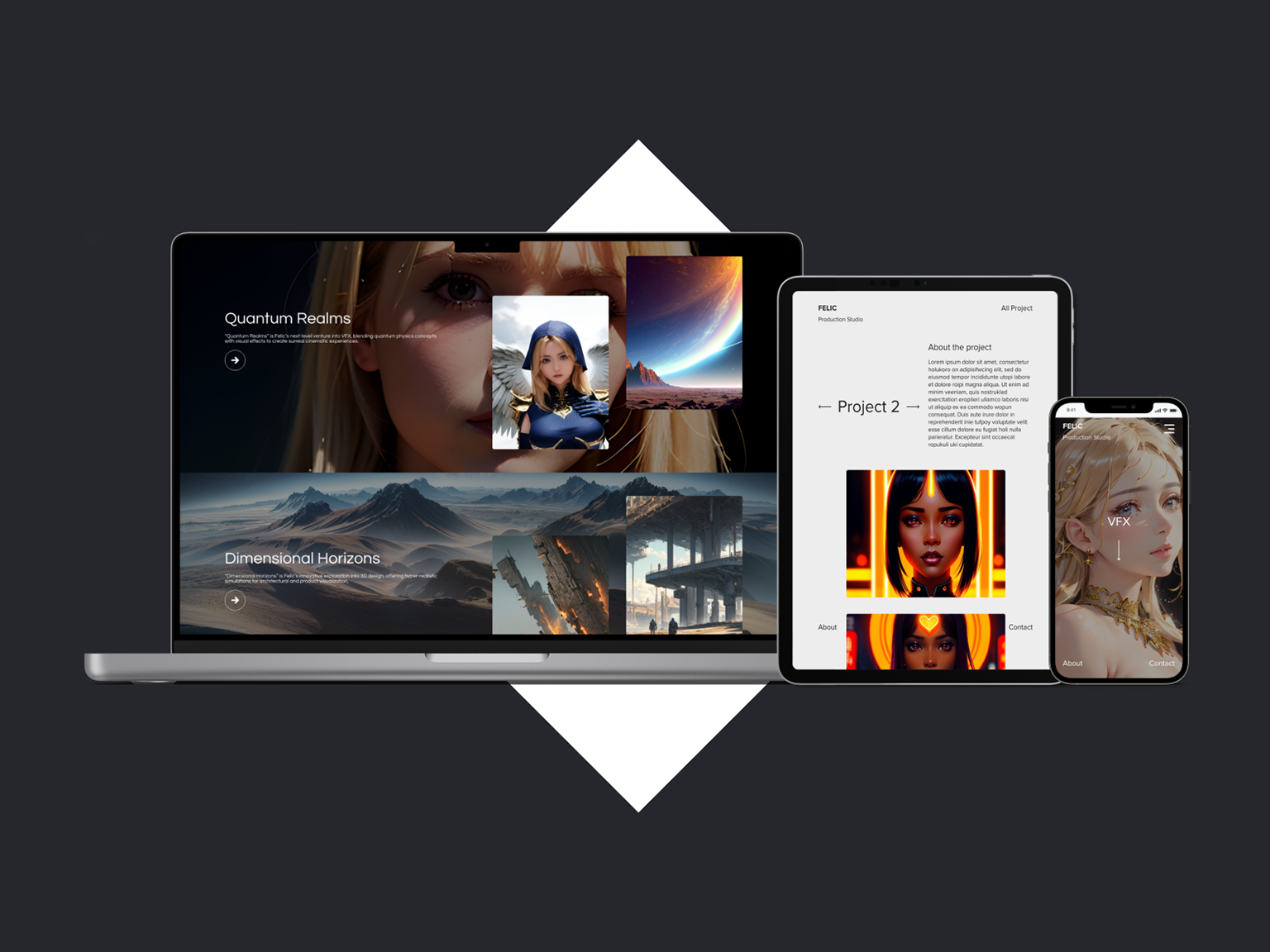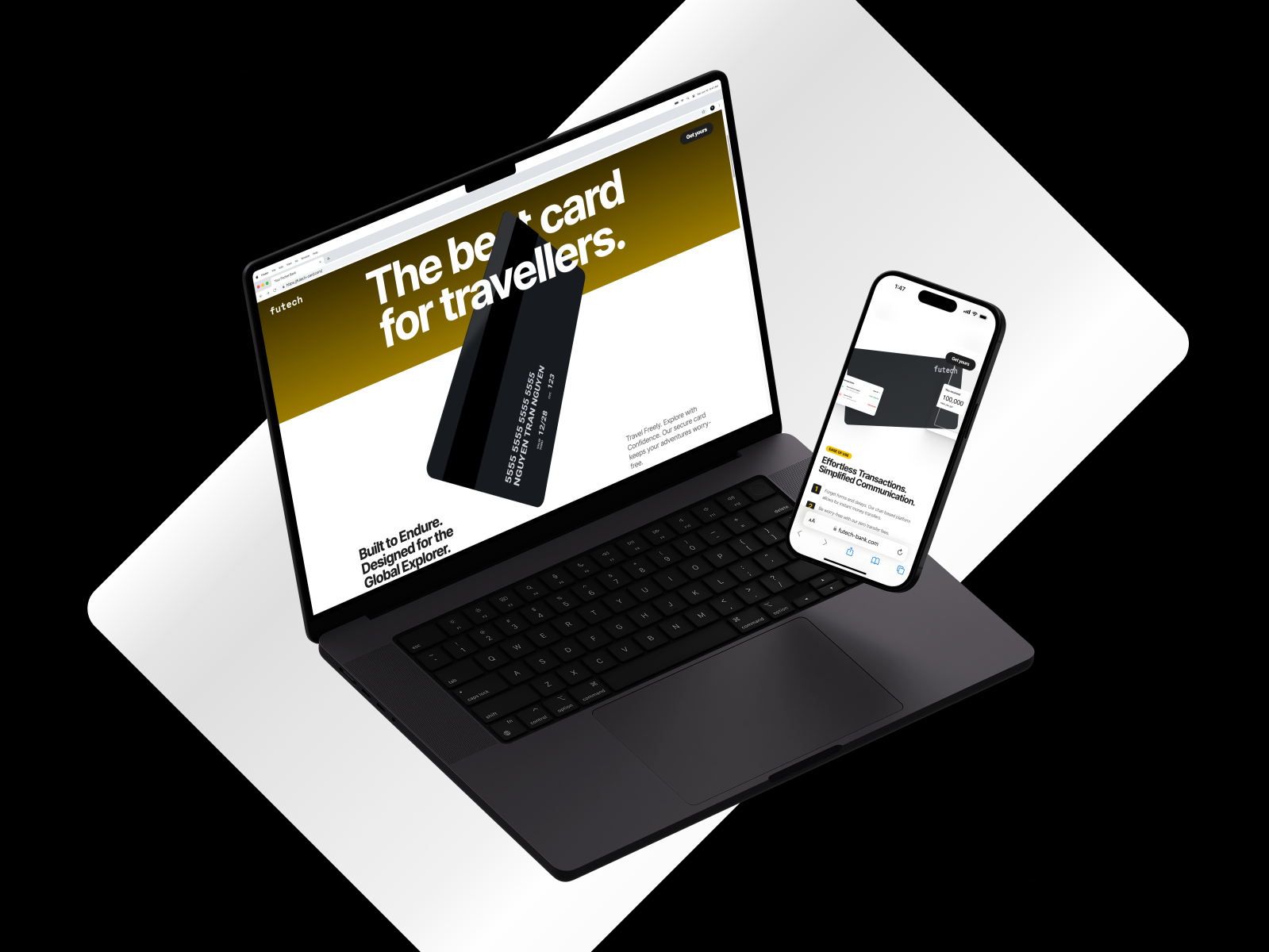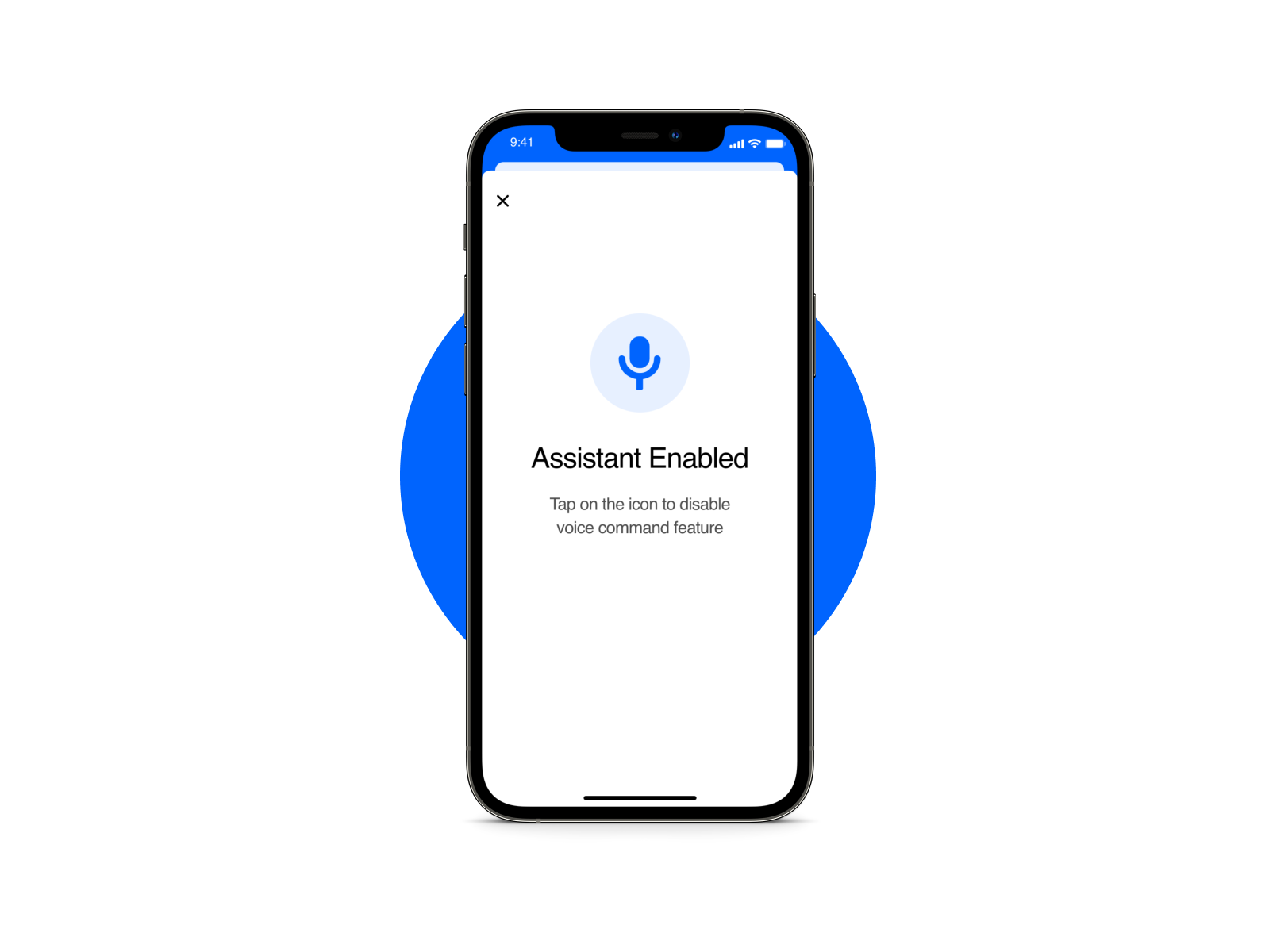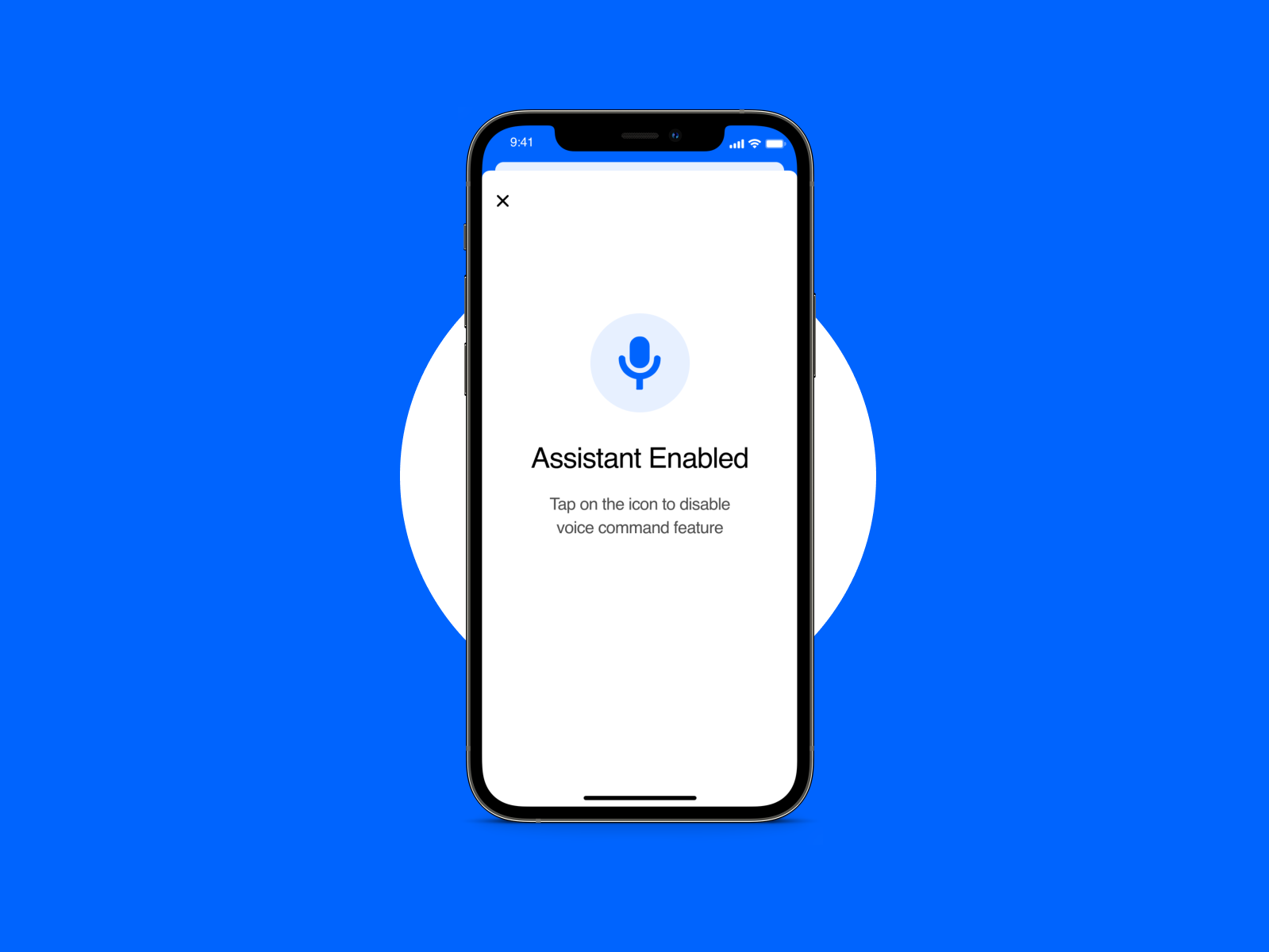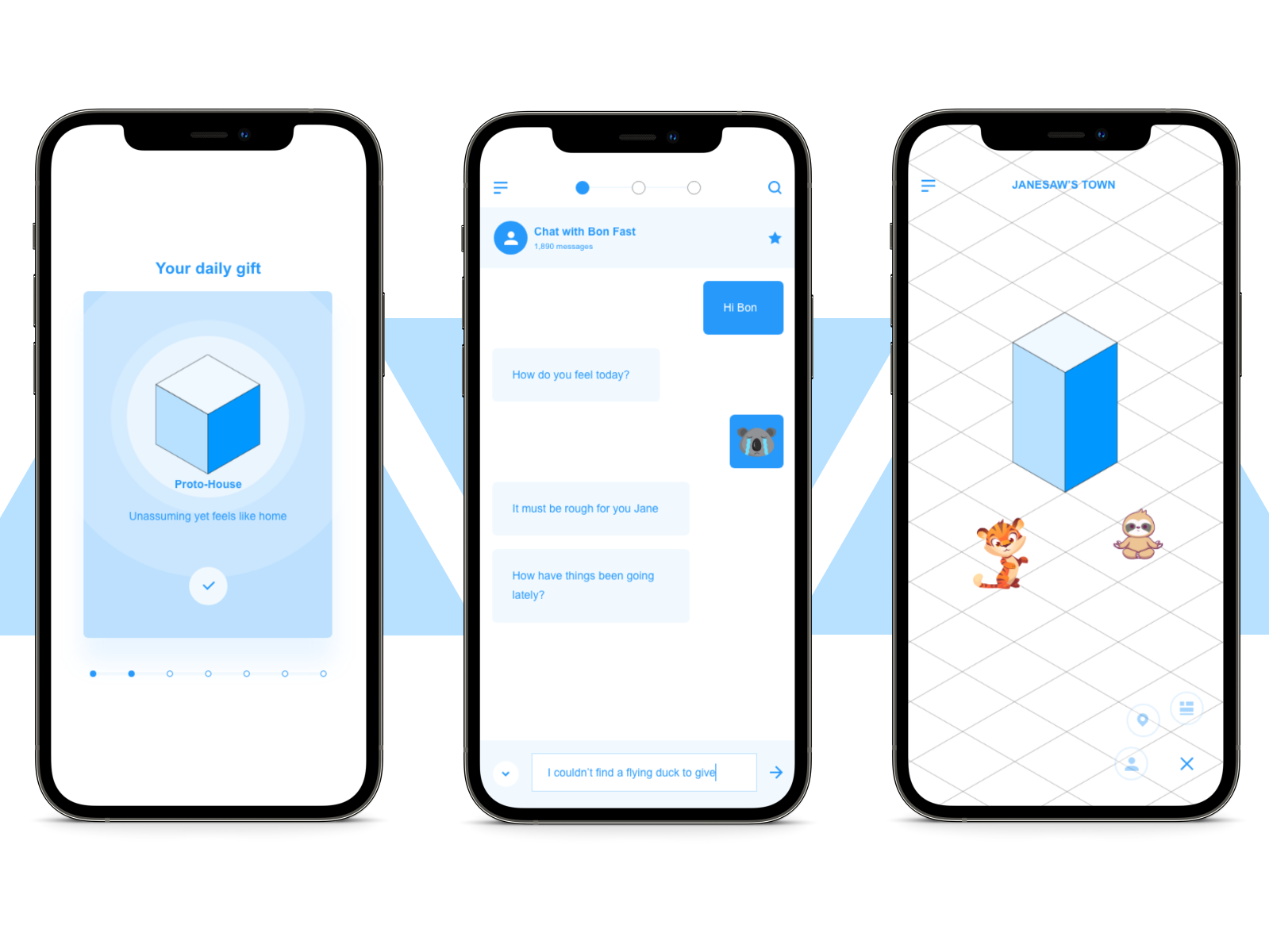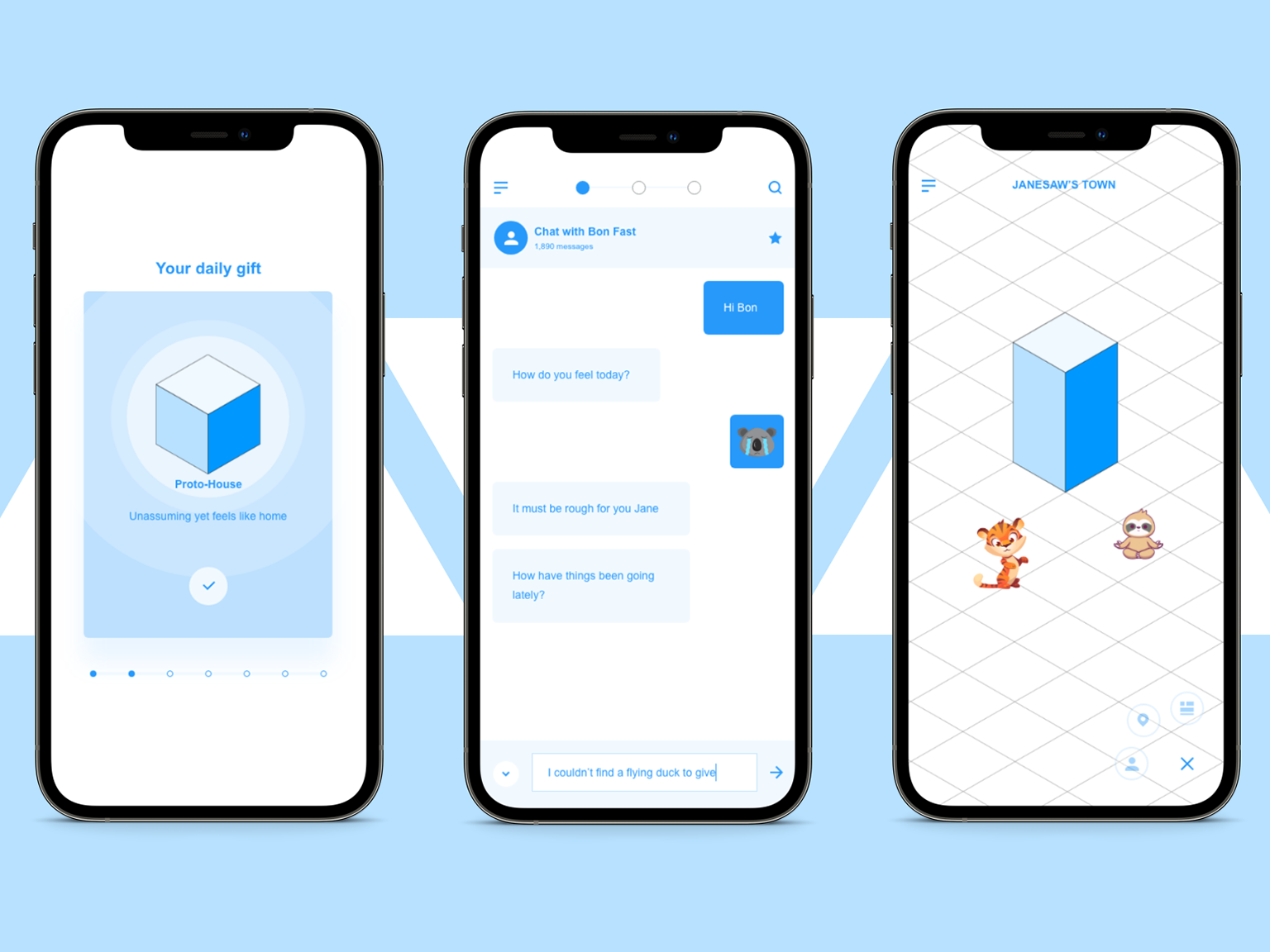Overview
The "Career Path Project" aims to offer a solution to empower first-generation immigrants in Europe. By providing personalized career advice, skill development courses, and networking opportunities, the project targets the critical challenges of language barriers, cultural differences, and the need to establish professional networks in a new country.
Team member + Roles
Terry (me) - UX design | visual design | research
Tools
Figma | Miro
Research
Secondary + Qualitative
Our initial exploration into the challenges faced by first-generation immigrants in Europe was grounded in comprehensive secondary research, primarily utilizing data from Eurostat. This research highlighted significant disparities in employment rates between EU citizens and non-EU citizens, with 77.1% of EU citizens employed compared to just 61.9% of non-EU citizens. Furthermore, the recent geopolitical events, notably the influx of refugees from Ukraine, have added complexity to the existing challenges of integration into the EU labor market.
We conducted qualitative research through interviews with 11 individuals from this demographic. The participants were selected to represent a diverse cross-section in terms of origin, age, professional background, and length of stay in the EU. The interviews were designed to uncover the personal challenges, aspirations, and experiences of immigrants as they navigate the European labor market.
Research insights




Competitive analysis
Persona + Journey map






Initial sitemap
The card sorting method is going to be used as the content gets more sophisticated.
From paper to digital

paper wireframe 1

paper wireframe 2

ideation

lo-fi
Mock-up + Hi-fi prototype
Consistent UI for all pages in the app.
-- to be updated --





Prototype evaluation
Methodology
- Participants: A diverse group of first-generation immigrants.
- Thinking Aloud Method: Participants were asked to vocalize their thoughts, feelings, and questions while interacting with the hi-fi prototype.
- System Usability Scale (SUS) Questionnaire: Following the thinking-aloud sessions, participants completed the SUS questionnaire to assess the usability of the design.
- Thinking Aloud Method: Participants were asked to vocalize their thoughts, feelings, and questions while interacting with the hi-fi prototype.
- System Usability Scale (SUS) Questionnaire: Following the thinking-aloud sessions, participants completed the SUS questionnaire to assess the usability of the design.
Usability Insights
- Users were able to find and utilize the various features without confusion.
- Some users suggested improvements for language support and incorporating more localized information.
- The SUS questionnaire scores are to be analyzed and reported in detail, aiming for an average score above the industry standard of 68, which is considered the benchmark for good usability.
Recommendations for Improvement
- Enhanced Language Support.
- Localization of Content.
- Community Features: Expand on the networking and community-building features such as LinkedIn integration.
- Localization of Content.
- Community Features: Expand on the networking and community-building features such as LinkedIn integration.
Key takeaways
- User-centered design.
- Diverse user needs with some common elements such as language, skill, and networking needs.
- Cultural and local relevance.
- Iterative design and testing.
What's next
- User feedback mechanism.
- Localization.
- Community and Networking event features.
- More content and resource offerings.
- Offline functionalities.

